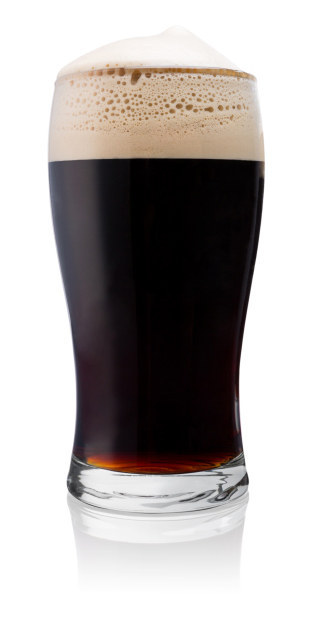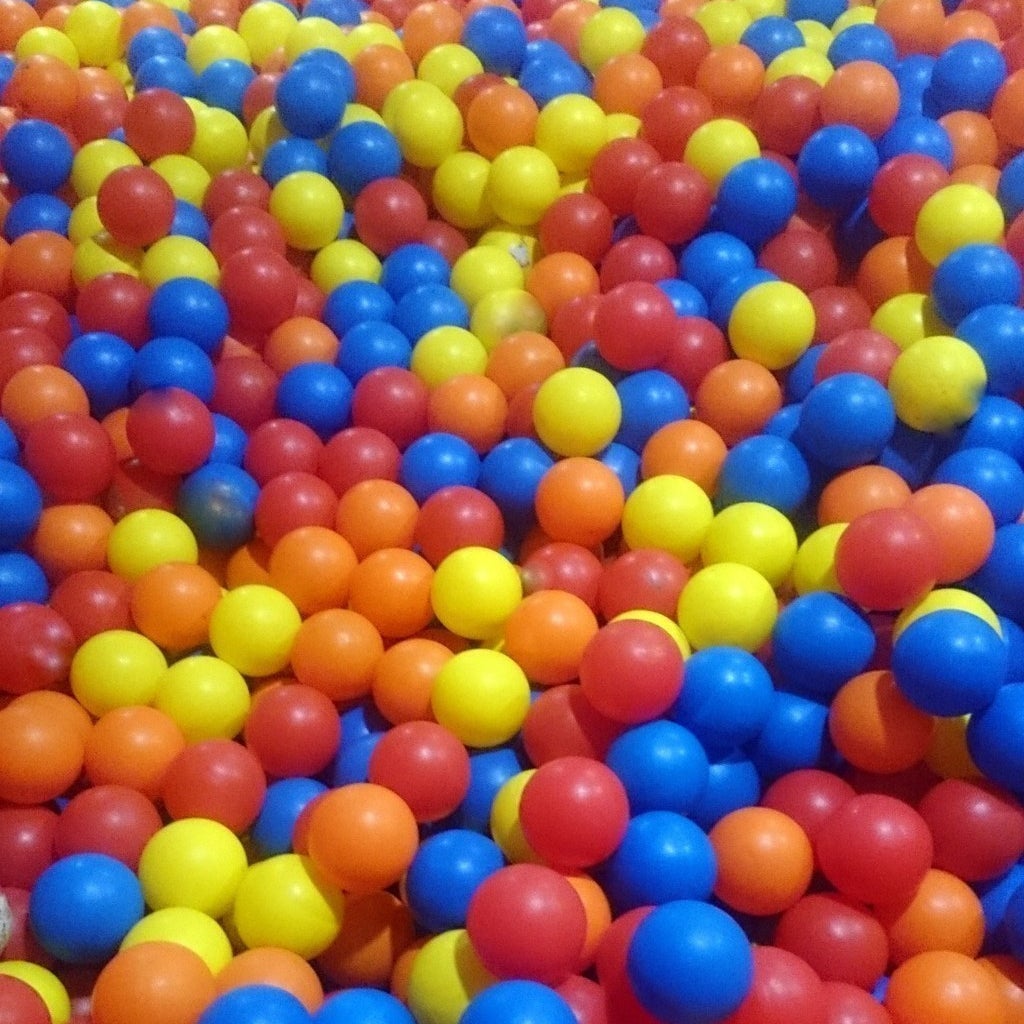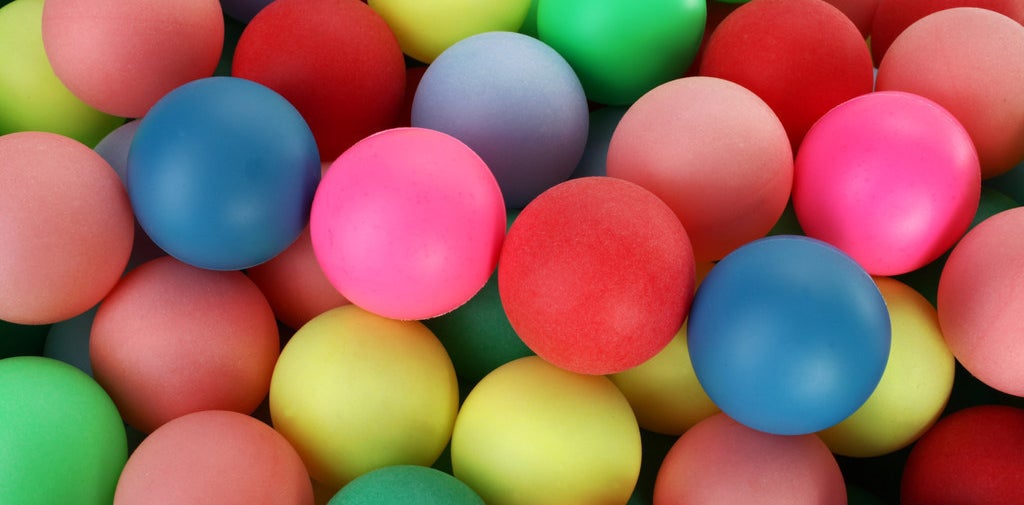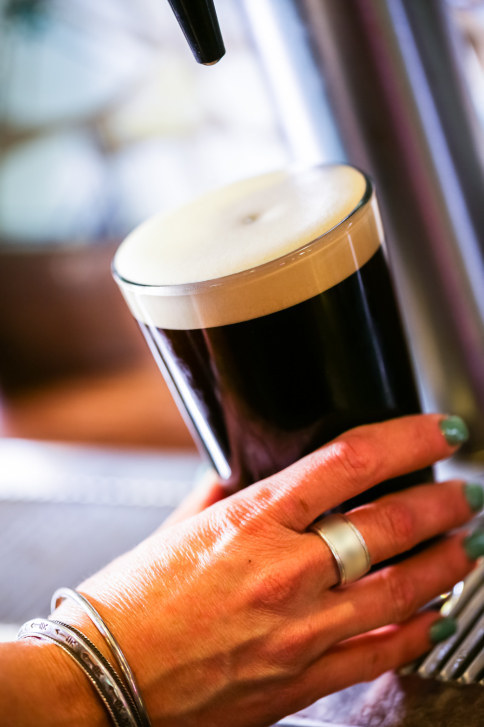Nitro beers such as Guinness can be spotted the instant the liquid flows from the tap and bubbles rise within the glass. While color may vary, each glass has that signature head of foam that sits at the top. As you drink it, the liquid breaks through, delivering a smooth texture with robust flavors. These characteristics and more set nitro beers apart from others, but as we learned from Guinness brewer Feodora Heavey, a lot of science goes into every pour.

Heavey, who studied chemical and pharmaceutical sciences at Dublin City University, today uses her background in chemistry to craft nitro beers and invent new methods to brew both traditionally and with nitrogen.

From a technical standpoint, Heavey explains, nitro beer is beer brewed with nitrogen gas — but there’s a lot more to it than that. If you place a nitro beer on a bar and put a lager next to it, the differences are apparent. A lager will have bubbles that climb up the side of the glass and a thin head of foam, while the nitro beer will have bubbles that form in the center and a thicker head of foam. Typically, beers are made with carbon dioxide gas, which is created naturally during the fermentation process.
Nitro beers, on the other hand, use a process called nitrogenation. Heavey says, “Most beers traditionally would have been carbonated naturally because carbon dioxide is created through fermentation. Nitrogenation is the use of nitrogen in the case of typical carbon dioxide to create a smoother and tighter, creamier head, ultimately.” The amount of nitrogen, though, has to be calculated with care to deliver the right amount of foam. “It’s a mix of science and art and creativity,” she says.
Before diving right into the brewing process, it’s first important to explore the nature of each gas. CO2 gas bubbles are larger in size and harsher in texture, while nitrogen bubbles are much smaller and smoother. The size and solubility of the nitrogen is a key factor in creating that unique drinking experience and distinguished look.
Picture this: You have two different ball pits. One contains very large balls, and one contains very small ones. If you were to jump in, you would easily glide through the smaller balls, but it would require a bit more effort to make your way through the larger ones.


Similarly, the little bubbles of nitrogen give you that smoothness that melts on your tongue, while the carbonation gives beer that tickly feeling that dances on the back of your throat. That’s why the two beers are so easy to distinguish and their tastes so different from one another.
But whose crazy idea was it to nitrogenate beer in the first place?
Back in the '50s, a man named Michael Ash proposed a whole new way to brew.
Guinness has been running a testing lab in their facilities for over a century, and their desire to keep innovating is what initially led to the discovery of nitro beer. Around 1954, they were searching for a system that would let a barman quickly pour a draught with a large head. One badass mathematician turned brewer named Michael Ash happened to have a possible solution — why not brew beer with nitrogen instead of CO2? Guinness listened, and Ash spent four years in a lab trying to perfect this craft.

His idea was simple, but the road to creating it was not. Because CO2 bubbles are large, they want to rise up and out of the beer. When Ash used nitrogen instead, the bubbles dissolved directly into the beer and gave it a much different texture and drinking experience. But after much trial and error and even pushback from old guard brewers, Ash succeeded, and in 1959, the first nitro beer was born.
The brewing process behind nitrogen beer is no different than with other beers. The nitrogen doesn’t come along until the kegging or packing process. When you’re creating smaller production runs, like cans and bottles, liquid nitrogen is injected inside. "Nitrogen is the beautiful bit of science that gives the beer its signature look and feel," Heavey says.
“It’s a mix of science and art and creativity.”
When putting large batches into kegs, nitrogen gas gets pumped into the keg before being topped off. It all sounds pretty simple, but according to Heavey, it’s actually “quite complex, and as a brewer, you do have to get that balance right to deliver that creamy, velvety texture that you want your customer to enjoy.”
Injecting the right amount of nitrogen into the beer is only half the magic. When you serve the beer, the nitrogen gas needs to be agitated in some fashion. That agitation is what activates the gas and makes the bubbles fizz up and dissolve into the head of foam. This need for agitation is what led to the creation of the nitro tap as well as a unique device patented by Guinness that lives in each bottle and can: the widget.
Don’t be surprised by the ping-pong ball floating in the beer can; it’s part of the art.
That ping-pong ball — known as a widget — is essential in creating the trademark texture and flavor of nitro beer when it’s bottled or canned. Without the widget, the liquid nitrogen in the beer wouldn’t be agitated, your beverage would taste a bit flat, and you wouldn’t have that creamy head nitro beer is known for. “What the widget does is ... the activation in the can,” says Heavey. “That way, when you pour, you get your surging and your nice, roughly 25-milliliter head on your pint.” To activate the liquid nitrogen without the widget, you’d have to shake the can rigorously to cause some sort of agitation; it’d be like shaking a can of soda, and your beer would come out composed mostly of foam, and who wants to drink that?
"In just one pint of nitro beer, there can be as many as 3,000,000 bubbles of nitrogen."

A Guinness poured at your local pub works similarly. Just like with a can of nitro beer, the nitrogen in kegged nitro beer has to be agitated somehow. “If you look at the nozzle of a Guinness tap, for example, you’ll see a metal plate with tiny pores in it,” Heavey says. “They’re designed so we get flow through, and you also get your agitation. I don’t think it would be totally flat, but you wouldn’t get that lovely surge that you find in Guinness.”
In just one pint of nitro beer, there can be as many as 3,000,000 bubbles of nitrogen.
There are a lot of exciting ways you can brew beer with nitrogen.
You could inject any beer with nitrogen if you felt so compelled. However, nitrogen gas will hit a home run when it’s used in beers with strong and robust flavors. Porters, stouts, IPAs, and other richly flavored beers taste great with nitrogen gas, but beers with milder flavors — like lagers and wheat beers — would be much duller in taste. “Lagers in their nature are quite crisp and refreshing tasting, so carbonation tends to work with them quite well,” Heavey notes.
So what’s next for nitro beer?
“We’ve always had a strong science technology department here,” says Heavey about Guinness. “We’re always pushing the boundaries and trying new things. … We are experimenting with various fruits and botanicals and things like that, so I think nitrogenation would work quite well within those boundaries where you have quite a strong part of flavor that I think nitrogenation will balance it out and add creaminess and a velvety texture.”
There are few limits to what you can do with nitrogen, and lots of brewers continue to push the boundaries and craft new styles of beer using it. There’s a lot more science that goes into crafting nitros, but the science is exactly what makes it such a unique and rewarding drinking experience.
Says Heavey, “It’s as refreshing tasting sometimes as carbonated beers, but it depends if you’re into robust flavors. … It’s not like drinking a pint of cream or anything. I think just give it a go.”
From Guinness to all nitro beer drinkers new and old, cheers. And to Michael Ash, the father of nitro beer, thank you. Please Drink Responsibly.
GUINNESS Draught Stout. Imported by DIAGEO - Guinness USA, Norwalk, CT.
GUINNESS Nitro IPA. Imported by DIAGEO - Guinness USA, Norwalk, CT.

